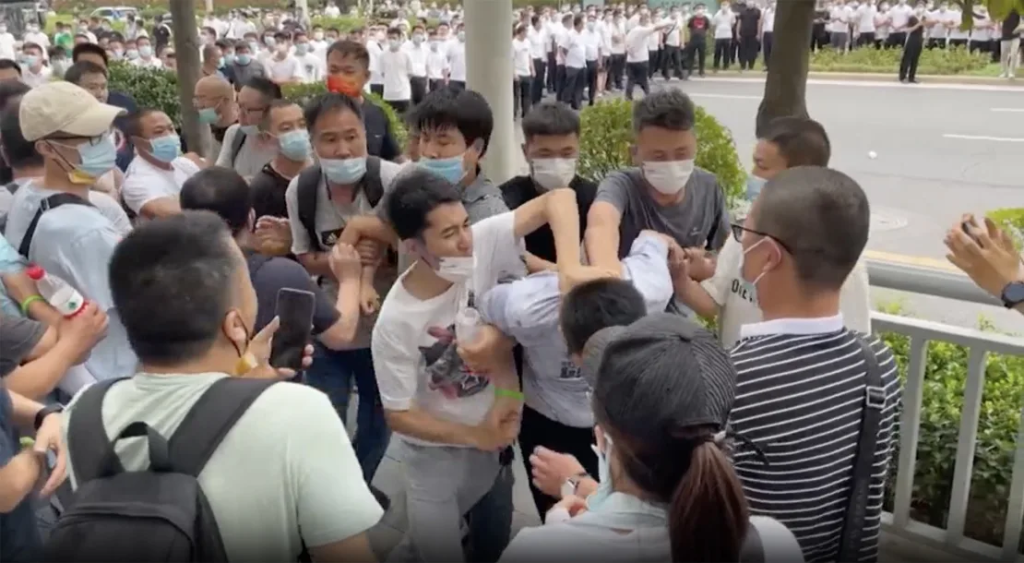China’s regional governments have issued a record amount of special bonds to support troubled smaller banks, as they try to fend off potential systemic risks that could be triggered by a prolonged real estate crisis.
So far this year, at least 15 provinces have issued 205 billion yuan ($29 billion) worth of special bonds for small and medium-sized banks (SMB), according to CNN calculation based on data from the Shanghai Stock Exchange, the Shenzhen Stock Exchange and Chinabond.com, a state-run website providing bond market data.
The amount is the highest on record since 2020, when the Chinese cabinet began allowing local governments to issue special bonds to replenish capital in regional banking systems, according to analysts from Shenwan Hongyuan, a Shanghai-based brokerage firm. It was up 225% from all of 2022, when just 63 billion yuan ($8.9 billion) of “special SMB bonds” were issued.
Earlier this week, top Communist Party officials vowed to “resolve risks in real estate, local debt, and small and medium-sized financial institutions” at the annual Central Economic Work Conference.
“[We must] hold on to the bottom line that no systemic risks will occur,” according to a readout of the meeting released on Tuesday. Risks are rising among China’s 4,000 smaller banks, caused by fallout from a real estate crisis and surging bad debts after the Covid-19 pandemic.
Smaller banks in China — including city commercial lenders, village banks, and rural credit unions — collectively control 92 trillion yuan ($13 trillion) in assets.

That’s nearly 30% of the financial system, according to data from the banking regulator. They are important providers of financing to private enterprises, especially small firms, which have difficulty getting credit from large banks.
But they are also more vulnerable to the economic downturn, in part because they have the biggest exposure to the ailing real estate sector and local government financial vehicles, which face growing risk of defaults. Some of them have weak corporate governance or risk management systems, and are susceptible to financial improprieties and corruption.
Bank runs have increased in the past year.
Starting May 2022, thousands of depositors began protesting in the central province of Henan after their accounts were frozen at six rural banks in the region. In October, depositors rushed to withdraw their money from a bank in the northern province of Hebei, prompting an appeal for calm by local officials, state media reported.
Policymakers are worried about the worsening health of regional banks.
In July 2020, the State Council, the cabinet, gave the green light to local governments to recapitalize some SMBs with the money raised from the sale of special bonds. The decision came shortly after the central bank said a total of 605 small banks didn’t meet the minimum required capital adequacy ratio of 10.5%.
The capital adequacy ratio compares a bank’s capital to its risk-weighted assets and current liabilities. It’s a measure of how well a bank can meet its obligations. Since then, a total of 438 billion yuan ($62 billion) in local government bonds have been issued so far to support SMBs, according to data from mainland Chinese stock exchanges.
In October, at its twice-a-decade Central Financial Work Conference, the Chinese leadership pledged to “handle the risks of small and medium-sized financial institutions in a timely way.”
— CutC by cnn.com


